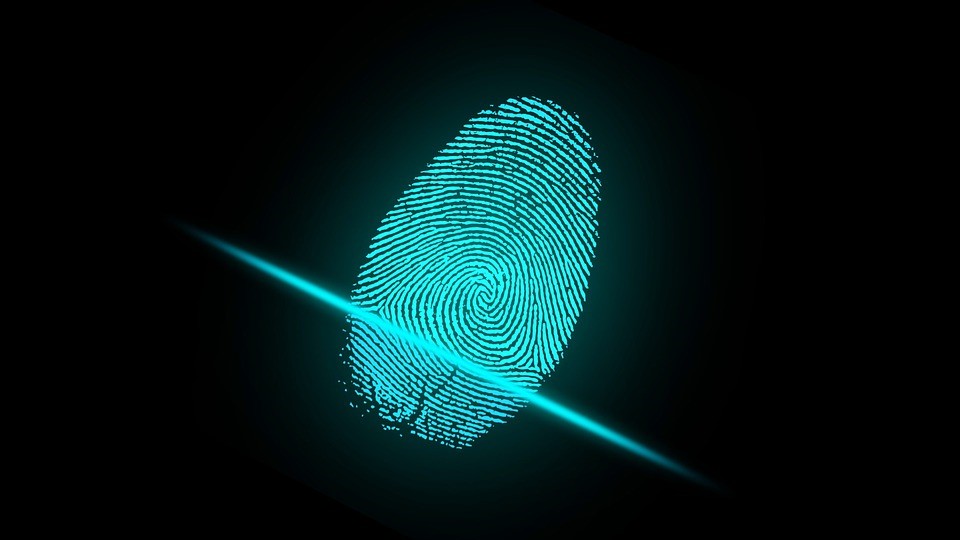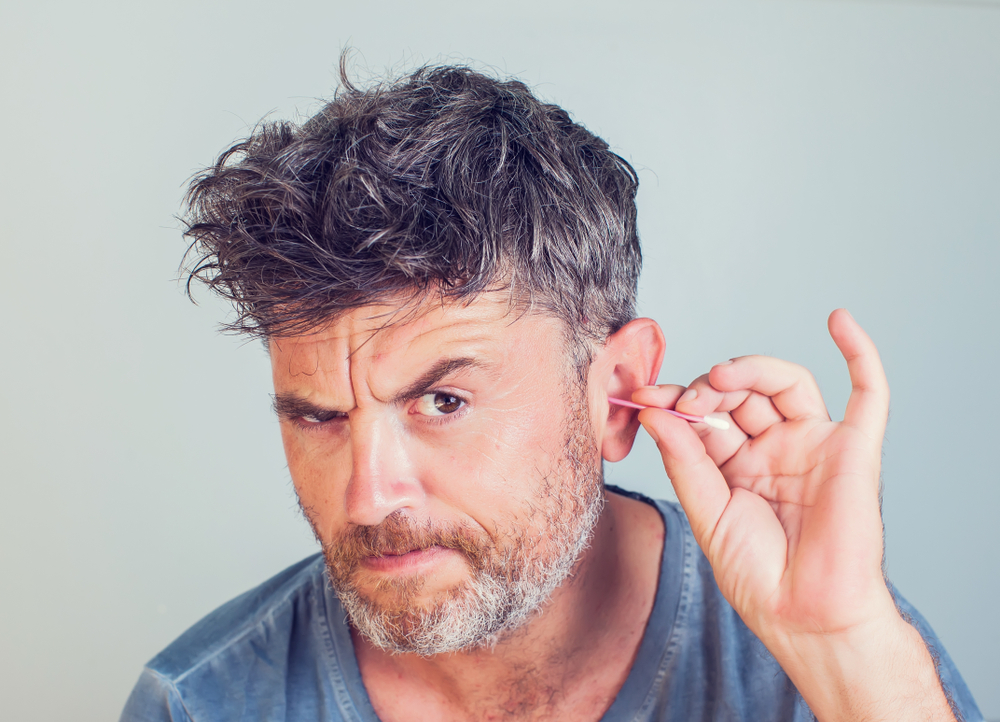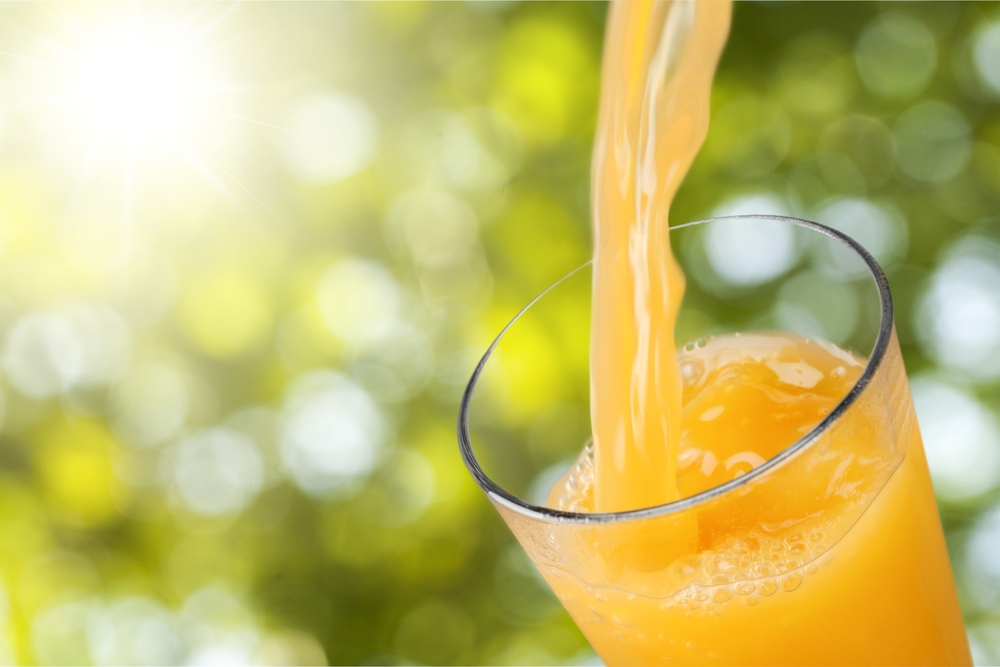Within seconds of an injury to our human body skin, bacteria start to establish on the wound. Most minor wounds still heal the skin and tissues underneath repair themselves. But if the wound becomes infected, inflammation and tissue damaged will slow the healing process and lead to critical problems if not treated timely.
Toby Jenkins and colleagues at the University of Bath have invented a technology to help healthcare workers detect infection early; by harnessing bacterial toxins as a warning system.
As bacteria establish the wound and start developing biofilms, they begin producing toxins. These break down tissue, freeing up cell components that the bacteria need to grow, as well as providing a way to penetrate further into the tissue. It is these toxins that cause a lot of the clinical symptoms of infection, such as tissue damage, pain, smell and heat.
Jenkins says, ‘Our idea was that the toxins are what signifies a wound becoming infected. ‘we can measure them at low concentrations before they begin to cause tissue damage.’
Jenkins and his team encapsulated fluorescent dye inside phospholipid vesicles designed to be attacked by bacterial toxins. The tiny spheres of lipid and fatty acids are about 100-200nm in diameter. Once in contact with a vesicle, the toxins either pierce holes in them or start to dissolve the lipid away. This releases the warning dye, turning whatever the vesicles are carried in a bright green color.
The challenge, Jenkins says, was designing the vesicles to be stable for up to 18 months without falling apart, but also sensitive enough to rupture under a toxin attack. Working out the precise formulation of lipid and fatty acids took ‘two PhD students and lots of tedious empirical work’, he remembers.
Past the lab
The team is about to test the Space sensor in Bristol hospital’s burns unit. ‘If the trial goes well, I’d like to think we’ll be on the home straight,’ Jenkins says. The next step would be to spin a company out from the university and begin to take Space as well as the chemistry’s other applications to market.
Jenkins also sees the technology being applied to chronic wounds and diabetic ulcers. ‘Ultimately, we want to combine it with a release system so that as well as diagnosing infection, we can start treating wounds,’ he says. ‘I’d like to aim towards creating a semi-autonomous surveillance treatment medical device or wound dressing.’
Meanwhile, Jenkins hopes to take the Space sensor into a social enterprise as well. Burns are a significant problem in Sub-Saharan Africa, so the team intends to set up some trials there. ‘We think our swab sensor system could be a perfect technology to use in missionary hospitals in faraway places because it’s very easy to use, stable for transport and very cheap,’ Jenkins says.
He estimates each swab will cost under a pound. If the trials are successful the team would work with philanthropic organizations like the Bill and Melinda Gates Foundation to distribute the swab sensors at either a low price or for free.









